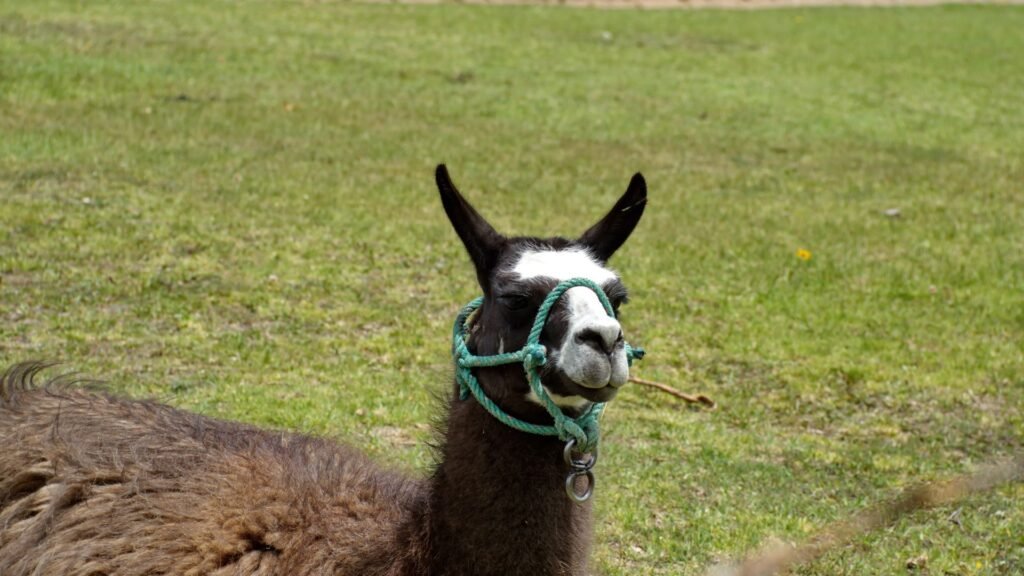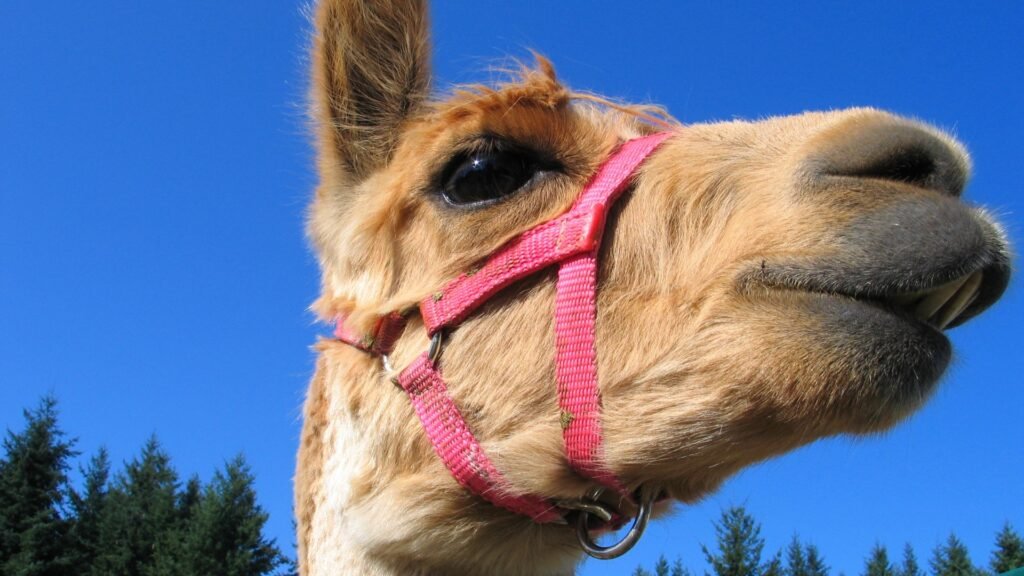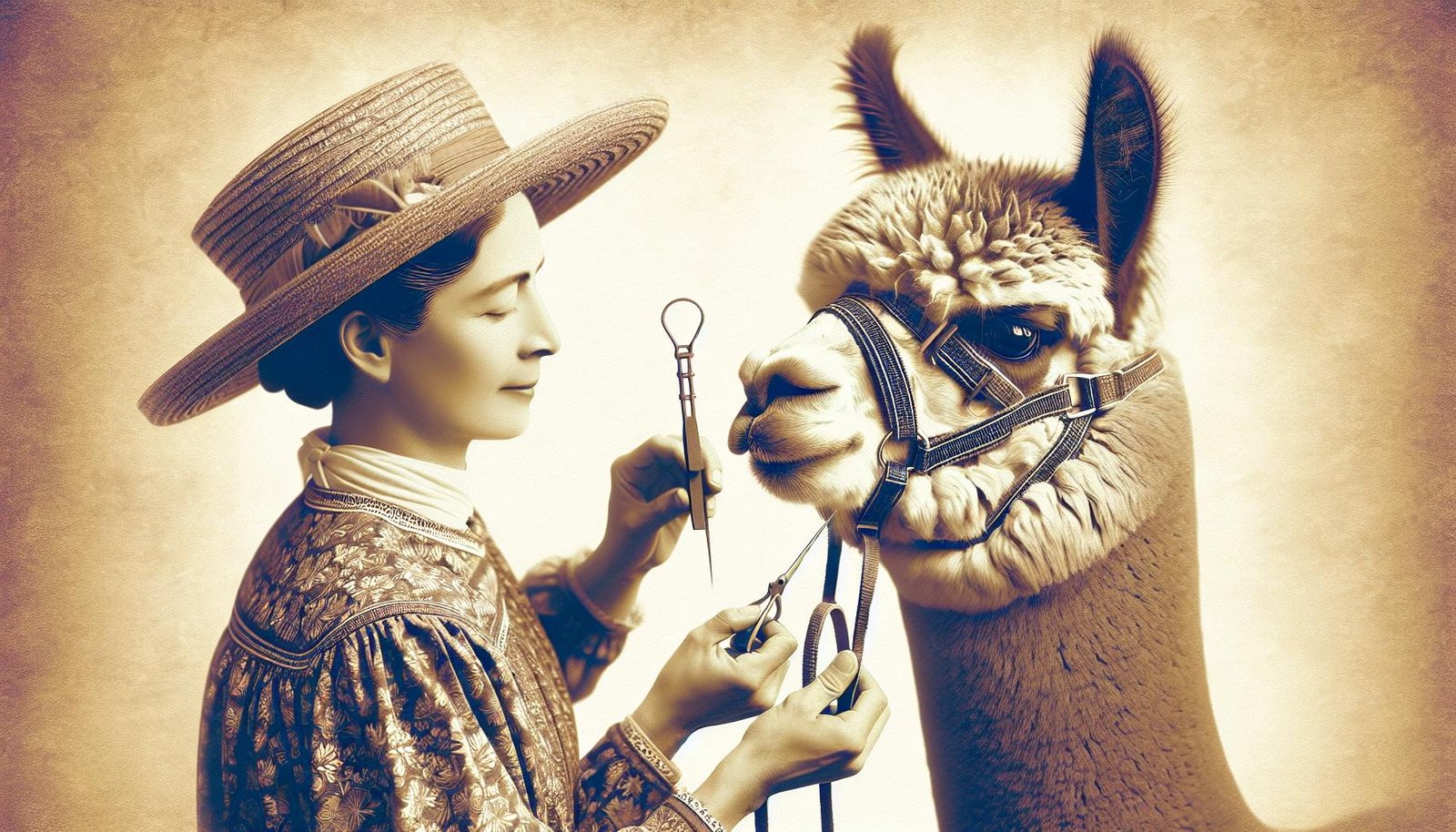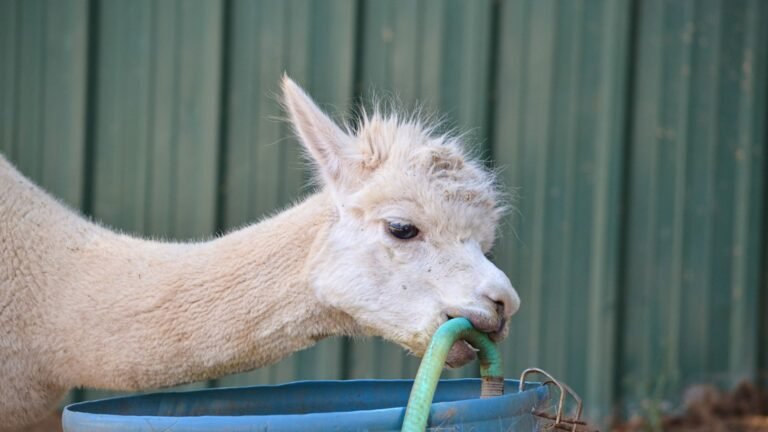Choosing the Right Halter Size for Your Alpaca: Key Measurements and Tips
Choosing the right halter size for your alpaca isn’t just about comfort—it’s about safety too. I’ve spent years working with these incredible creatures, and I know how important it is to get the fit just right.
A halter that’s too tight can cause discomfort and even injury, while one that’s too loose can easily slip off, leading to potential escape or accidents. Let’s dive into the specifics of alpaca halter sizing, so you can make the best choice for your furry friend.
Understanding alpaca sizes and their corresponding halter needs can be a bit tricky. But don’t worry, I’m here to guide you through the process. With the right knowledge, you’ll be able to select the perfect halter for your alpaca in no time.
Why choosing the right halter size is important for alpacas
In my years of working with alpacas, I’ve learned a thing or two about halter sizes. And let me tell you, it’s not a detail to overlook. The right halter size matters. Not just for alpaca’s comfort but safety too. So, why is the correct halter size such a big deal?
For starters, an ill-fitting halter can cause discomfort or injury to your alpaca. If the halter’s too tight, it can rub against the alpaca’s skin, leading to chafing, sores, and subsequent infections. It’s not just a matter of pain; severe wounds can invite flies, increasing the chance of flystrike—a life-threatening condition for animals.

On the flip side, a loose halter isn’t the fetch you might think it is either. It can easily slip off, and a loose alpaca is a potential recipe for disaster. Picture your alpaca, unsecured, wandering into a road or getting tangled in a fence. Accidents and injuries can happen. And recovering from them is a nightmare you wouldn’t wish on your worst enemy—let alone your beloved, fluffy friend.
It’s not just physical discomfort or potential accidents you’d be sparing your alpaca either. Wearing a comfortable, well-fitting halter also contributes to an alpaca’s well-being. Stress can lower an alpaca’s immunity, making them prone to various diseases. A properly fitting halter reduces stress and helps maintain health.
Finally, it’s worth considering that as an alpaca owner, you’ve a responsibility. These creatures depend on you for their well-being. Ensuring they have a suitably fitting halter is just another way of proving you’re up to the task.
Understanding alpaca halter sizing
My years of alpaca care have taught me that each alpaca’s physique is unique, which means standardized sizes won’t always work. At first glance, it might seem tempting to just pick up a ‘small,’ ‘medium,’ or ‘large,’ but doing so might miss the mark in providing your alpaca with a comfortable and secure halter fit.
Here’s the key: The main elements to consider in alpaca halter sizing are the circumference of the nose, length of the head, and the width of the jaw. Sure, alpacas come in a variety of sizes, but those three measurements will be your best friends in finding the perfect fit.

About one inch below the eye socket – that’s where the circumference of the nose is measured. Just a word of caution – it shouldn’t be loose, but it also shouldn’t be too tight. If you can comfortably fit two fingers between the halter and the alpaca’s nose, you’re on the right track.
Measuring the length of the head, from just behind the ears to the fullest part of the nose gives an accurate gauge of head size. Take note, though – it’s not about necessarily the “size” of the alpaca as much as the shape and proportions of the head.
And don’t forget about the width of the jaw. It’s measured across the cheek from where the throatlatch connects on either side.
All this sounds pretty detailed but guess what? Regularly updating these measurements will help adjust for your alpaca’s growth and changes in physical conditions.
So you see, choosing the right halter size isn’t just a simple pick-and-choose affair. We’ve got our three key measurements – the nose circumference, head length, and jaw width. Armed with these, let’s explore further on how to use these measurements to select the perfect halter for your alpaca.
How to measure your alpaca for a halter
When it comes to measuring your alpaca for a halter, bear in mind it’s not as intimidating as it may seem. With a soft measuring tape and a little patience, you’ll master this vital task in no time.
First off, focus on measuring the circumference of the nose. Position the measuring tape about half an inch below the prominent bone on your alpaca’s nose, wrapping it around in a 360-degree loop to take this measurement. The correct circumference ensures the noseband fits snugly, preventing any slipping or inconvenience for your alpaca.

Next, you’ll determine the length of the head. This is done by measuring from the center point between your alpaca’s ears (at the back of the head) all the way down to the half-inch point below the nose bone we focused on earlier.
The final measurement involves the width of your alpaca’s jaw. With the measuring tape, take the reading from one point directly below the ear, across to the same point directly below the opposite ear.
Here’s a quick summary in table form for your reference:
| Measurements to Take for Alpaca Halter Sizing |
|---|
| Circumference of the Nose |
| Length of the Head |
| Width of the Jaw |
Don’t forget that alpacas grow and their bodies change, so these measurements must be updated regularly. This simple task will help ensure the comfort and well-being of your alpaca – boosting their health and reducing risks posed by malfitting halters. This measuring process, part of your duties as an alpaca owner, underscores the importance of attention to detail in maintaining the health and happiness of your animal.
Determining the correct halter size based on measurements
Let’s dive into action! Measuring an alpaca for the right halter size isn’t as daunting as it might seem at first glance. With a simple measuring tape, patience, and a bit of practice, anyone can become proficient. Generally, alpaca halters come in different sizes, accommodating a majestic adult down to a playful cria (alpaca baby). Hence, knowing how to measure your alpaca accurately becomes that much more critical.
Step 1 – Nose Circumference: First measure the circumference of your alpaca’s nose. Place the tape about half an inch below the prominence of the cheekbones, encircling the nose completely. It’s vital to place the tape in the right spot to ensure you’re getting the correct size, note this reading.
Step 2 – Head Length: Next, measure the length from the midpoint of the ears to the bottom of the bottom lip. This is the head length. Again, accuracy is crucial – this measurement helps ensure that the halter won’t obstruct the alpaca’s vision or cause discomfort.
Step 3 – Jaw Width: Finally, find the width of the jaw at the halter’s cheek piece’s probable location.
| Measurement | Importance |
|---|---|
| Nose Circumference | Prevents tightness around nose |
| Head Length | Ensures unobstructed vision |
| Jaw Width | Determines halter’s strap width |
By following this guide, you will soon become adept at measuring alpacas for their perfect halter size. It may seem a bit tricky at first, but with trial and error, you’ll find the process to become much simpler. It’s key to remember that all alpacas are different. What works for one may not necessarily work for another. Whether you have a single alpaca or a sprawling herd, each needs individually tailored care, and achieving the perfect fit with a halter is a part of this care routine. The well-being of the alpaca is primarily reflected in the details of its care, such as its halter size. Regular measurement updates are, therefore, a must. Next, let’s look at how to adjust the halter based on these measurements.
Tips for choosing the perfect halter for your alpaca
When it comes to selecting the ideal alpaca halter, there are some key pointers I’d like to share. These might seem like minor details, but they can make a world of difference in terms of alpaca’s comfort, safety and general wellbeing.
Firstly, quality cannot be compromised. Cheaper halters may be tempting, but they often have harsh surfaces that can irritate your alpaca’s skin. Choose a halter made of smooth, durable materials that can withstand the alpaca’s movements and the outdoor elements.
Next, consider the specific design of the halter. Alpacas have unique facial structures, so a specifically designed alpaca halter is always the best choice. Generic halters meant for sheep or goats won’t accommodate an alpaca’s nose bridge and may cause discomfort or even injuries.
Remember to check the adjustability of the halter. Alpacas continually grow and change; their halters should be able to adjust accordingly. Halter with adjustable straps ensures a customizable fit for every stage of an alpaca’s life.
Lastly, never forget to incorporate regular measuring in your alpaca care routine. As we discussed earlier, the key measures for a well-fitting halter are the head length, jaw width and nose circumference. Regularly updating these measurements help find a well fitting halter that adds to your alpaca’s comfort.
With these tips in mind, you’re well equipped to find the perfect halter for your alpaca. This is not just about making a purchase; it’s about ensuring your alpaca’s health and happiness. The perfect halter is, after all, the one that your alpaca feels comfortable and safe in.
It’s important to remember that each alpaca is unique, what works for one may not work for another. Regular adjustments and updating halter sizes are a crucial part of alpaca care.








Our picks
Alpaca & Wool Felted Sole Inserts: Comfy Upgrade?
Best Alpaca Socks for Hiking: Ultimate Comfort and Durability on Trails
Best Alpaca Halter for Comfort and Control